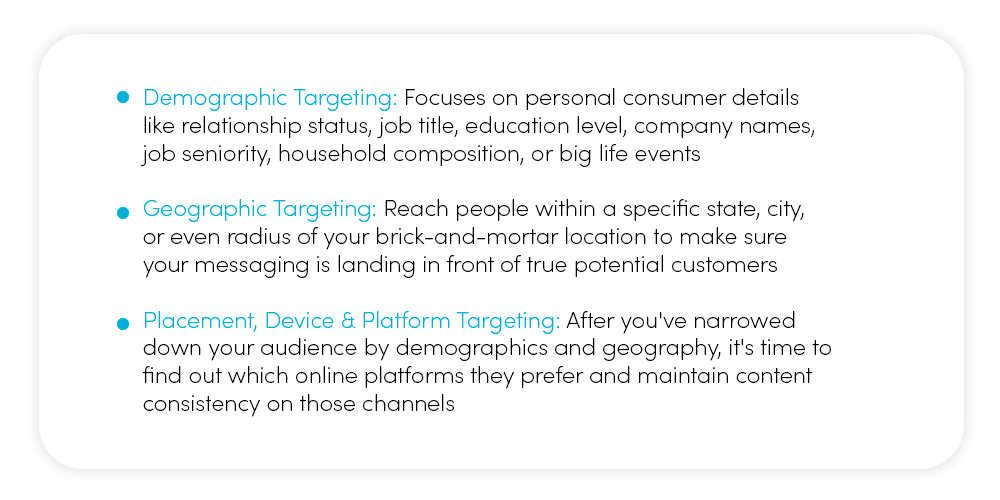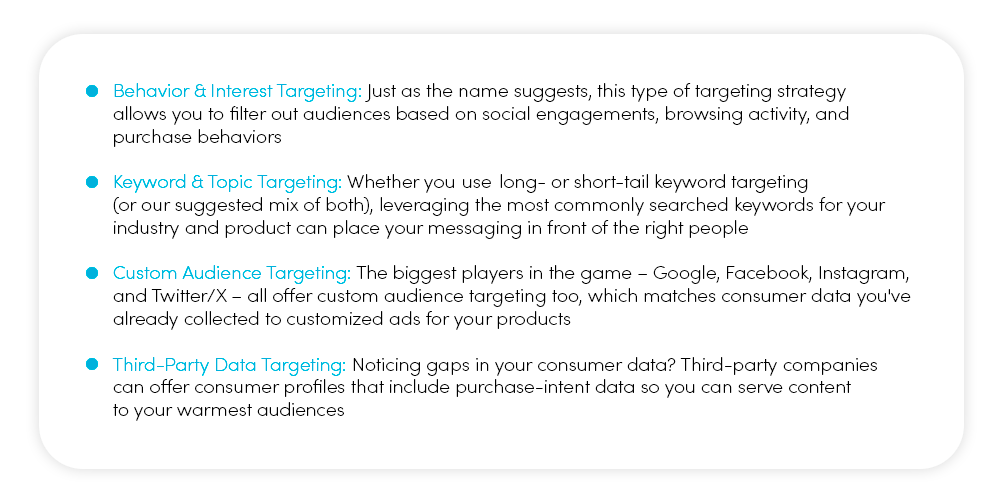Digital media budget optimization is easy to achieve if you know the right steps to follow. It’s also incredibly simple to blow a huge chunk of your media budget if you don’t know how to align your campaigns, track your results, and make quick adjustments. If you’re in the market for tips and tricks that can help you reduce wasteful spending and maximize your advertising ROI, this page is the perfect place to start.
Quick Media Budget Facts: Waste Is on the Rise
Did you know that Next&Co publishes an annual Digital Media Wastage report? Each year, they audit hundreds of national and multinational companies with ad budgets ranging from $500,000 to $21 million, and recent results have been quite shocking.

To clarify, “ad waste” encompasses all advertising dollars that failed to further digital advertising objectives. Digital advertising is a powerful tool, but without a strategic approach, it’s easy to waste your budget on ineffective campaigns. The annual study did not reveal causation for these huge swaths of lost budgets, but media experts speculate that many brands may have relied too heavily on AI and automations to drive their campaigns instead of ensuring top performance with regular human checks and balances throughout each campaign’s lifecycle.
The good news is, your brand isn’t fated to join the grim statistics of companies like Google. With a proper strategy in place for reaching your target audience and driving conversions, your brand’s digital media budget can beat the odds and see increased returns. Ready to take a proactive step toward media budget optimization? The (amp) team is sharing its proven practices for eliminating waste and maximizing your digital advertising ROI.
(amp)’s Optimal Targeting Strategies: How to Set Your Media Budget Up for Success
Effective content marketing and targeting strategies can revolutionize the revenue rate of your business if you take each step we’re about to outline seriously. Big tech companies would like you to believe that AI and automations are the best ways to wring every last drop out of your marketing budget, but the truth is that those technologies are only as useful as the humans behind them.
Your brand, with or without the help of AI, can move toward a more successful media budget if you’re willing to put in the work to revamp your targeting strategies. And you’re not alone in this quest! The (amp) team lives and breathes media optimization, and we’re always just a call or email away. So, whether you move forward with us or choose to work on your own, here’s your how-to guide for maximizing your targeting strategies:
1. Set Clear Goals & KPIs
Effective content marketing starts by defining your objectives and setting clear, measurable goals. Gather your team and pose introspective questions: Do we want to increase website traffic with this new campaign? Is our goal to sell more product, increase subscriptions, or generate new leads?
Once your campaign goals are clear, then it’s time to identify the KPIs that align with those goals. Metrics like click-through rate (CTR), conversion rate, cost per click (CPC), and return on ad spend (ROAS) should always be closely measured to ensure your campaign is running as efficiently as possible. Clear goals and KPIs will also allow you to adjust your campaign if it’s not hitting your performance targets.
2. Know Your Audience + How to Reach Them
Equally as important as identifying your goals is knowing who your target audience is and where they spend their online time. For example, does your brand primarily speak to Gen Z shoppers or to retirees? Different audiences require different messaging, platforms, and placements, and if you don’t pay close attention to where your intended audience “lives” online, you’ll end up wasting a large portion of your ad budget on people who aren’t interested in your brand.
If understanding your audience’s preferences, needs, and behaviors is difficult and you don’t know where to start, tools like Google Analytics, Facebook Insights, and your own website analytics can give you a well-rounded picture of your consumers’ demographics, interests, and online shopping trends. Once you know how to find your target base, it will be far easier to ensure your message resonates and reaches people on the channels they’re actually using.
3. Target & Retarget
After online analytics tools have helped you assemble more data about your consumers, it’s time to tailor your messaging. You can leverage tools like behavioral targeting and lookalike audiences to reach exactly the consumer you’re trying to convert, but because there are so many different types of targeting to choose from and learn, it may be most beneficial to ask an experienced media agency like (amp) for help. Here’s a brief overview:


Once you’ve honed your targeting strategies, you’ll also want to develop a robust retargeting process to re-engage people who saw your ads but didn’t convert. The goal of retargeting is not only to land in front of your audience’s eyes once more; it’s a chance to explore different targeting methods to reach the consumers that are most likely to convert – and stop wasting money serving ads to those who aren’t.
4. Maintain Content Consistency
We truly can’t emphasize the importance of content consistency enough. No campaign, no matter how great it is, can be properly measured and assessed if its messaging is constantly changing. Secondly, now that you’re working through the steps above and have pinpointed your audience through refined targeting strategies, it’s also critical to stay consistently focused on that established audience and objectives.
(amp)’s recommendation is to launch and run your campaign for a minimum of three months before you test for outcomes. Every campaign needs substantial time to run before you can gauge what’s truly working, but if you’re constantly switching out creative, you won’t have any control data to measure your other variables against.
5. Be Always On + Always Optimizing
Now fast-forward three, six, or nine months: Your audience has been established, your targeting strategies have been optimized, and your campaign has been launched. It’s finally time to assess your campaign’s success, check for any gaps or missed opportunities, and refine your messaging for even better performance. Every campaign, at some point, will begin to lose effectiveness, but taking an “always on” approach to monitoring will help you stay on top of your ad spend and maximize your results.
We know this is the last step of the process, but it’s just as important as the first four. If you aren’t monitoring and optimizing your campaigns regularly, you won’t be able to quickly adjust your messaging, audience, or budget. Use analytics tools, review your KPIs, and measure other performance metrics. Then, adjust your bids and budgets to allocate more of your spend toward the highest-performing campaigns.
(amp): Your Key to Media Budget Optimization
At (amp), we take an “always on, always optimizing” approach to help every client squeeze the most return out of every media dollar. We have decades of experience developing user personas and conducting audience research. We even have AI-powered tools like humanView at our disposal that can give us access to deeper consumer insights than ever before.
Every choice we make is backed by data and measured by a world-class analytics team that holds us accountable to our clients’ goals, objectives, and KPIs. Ready to grow your business with “always on” targeting strategies? Contact our team to see how we can help optimize your next digital campaign.
